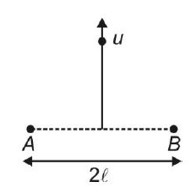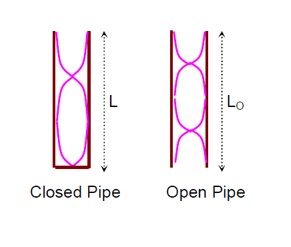Waves
Get insights from 109 questions on Waves, answered by students, alumni, and experts. You may also ask and answer any question you like about Waves
Follow Ask QuestionQuestions
Discussions
Active Users
Followers
New answer posted
2 months agoNew answer posted
2 months agoContributor-Level 10
θ = 60?
f? = (C - u (√3/2)/λ?
f? = (C - u (√3/2)/λ?
|f? - f? | = | (C - u (√3/2) (1/λ? - 1/λ? )|
New answer posted
2 months agoContributor-Level 10
The angular frequency ω is calculated as:
ω = 2πf = 2 * 3.14 * 245 = 1.5386 * 10³ rad/s ≈ 1.5 * 10³ rad/s
This continues the solution from number 15 on the previous page.
k = ω / v = (1.53 * 10³) / 300 = 5.1 m? ¹
A = 0.06 / 2 = 0.03m
New answer posted
2 months agoContributor-Level 10
B? = µ? I/ (2π (r)
|τ| = |I * l x F|
τ = 2aF
τ = 2 (a) (I) (2a) (µ? I/2πb)
τ = 2µ? I²a²/πb
B on the also equal to B? as
B = µ? I/ (2π√ (b² + a²/4) + µ? I/4
b >>> a
disp = ( kg/ms ²) (s) (m³/kg)
disp = (1) (16) (1/300) (1/1000)
disp in mm = 1000/ (300x100) = 0.03333
⇒ 3/100
New answer posted
2 months agoContributor-Level 10
(n)λ = 5
(n, m): Integers
(2m+1)/2)λ = 3/2
⇒ (3/2)/5 = (2m+1)/ (2n)
⇒ 3n = 10m + 5
N, m are integers.
So, m = 1, n = 5, λ = 1
m = 4, n = 15, λ = 1/3
m = 7, n = 25, λ = 1/5
New answer posted
2 months agoContributor-Level 10
f? = 1/ (2l) √ (T? /µ)
f? = 1/ (2l) √ (T? /µ)
f? /f? = 450/300 = √ (T? /T? )
⇒ T? /T? = 9/4 = 2.25
New answer posted
2 months agoContributor-Level 10
Frequency increases on filing. So, initial frequency of A is 335 Hz.
f = 340 – 5 = 335 Hz
Taking an Exam? Selecting a College?
Get authentic answers from experts, students and alumni that you won't find anywhere else
Sign Up on ShikshaOn Shiksha, get access to
- 65k Colleges
- 1.2k Exams
- 678k Reviews
- 1800k Answers



